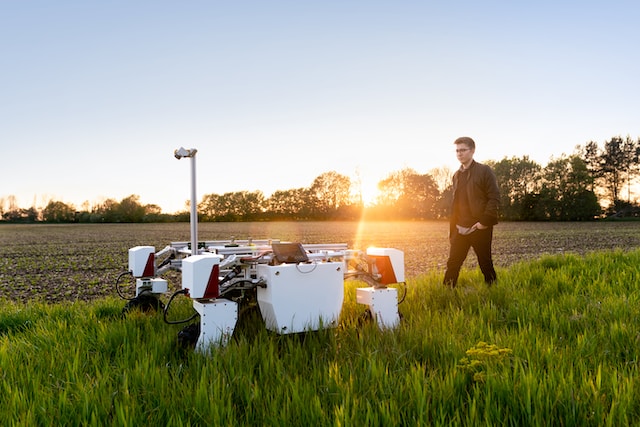Fast foods have become an integral part of modern life, revolutionizing the way we eat and shaping our fast-paced society. In this article, we will delve into the world of fast foods, exploring their origins, evolution, impact on health, and the future of this ubiquitous culinary trend.
A Brief History
Fast foods trace their origins back to ancient civilizations, where street vendors and market stalls offered quick, ready-to-eat options to busy urban dwellers. However, the true genesis of the modern fast food industry can be attributed to the 20th century, with the advent of automobiles and the rapid urbanization of society. In 1921, the first White Castle restaurant opened in Wichita, Kansas, introducing the concept of a standardized menu, affordable prices, and speedy service. This was a milestone that would lay the foundation for future fast-food giants.
The Pioneers
Fast forward to the 1950s and 60s, and we see the emergence of iconic fast-food chains such as McDonald’s, Burger King, and KFC. These pioneers of the industry not only popularized the concept but also implemented innovations like the assembly line kitchen, drive-thru service, and catchy advertising campaigns. Fast food was no longer just about convenience; it was becoming a cultural phenomenon.
Evolution and Globalization
Fast food didn’t stop at burgers and fries; it evolved to include a diverse array of options. The rise of globalization allowed international flavors to infiltrate menus worldwide. Chinese takeout, Mexican burritos, and Japanese sushi rolls became as common as the classic hamburger. Fast food became a reflection of multiculturalism, offering something for everyone.
The Health Dilemma
While fast foods have undoubtedly provided convenience and affordability, they have also raised significant health concerns. High levels of salt, sugar, unhealthy fats, and preservatives in these foods have been linked to a range of health issues, including obesity, heart disease, and diabetes. The supersizing of portions has further exacerbated the problem. Despite efforts by some chains to introduce healthier options, the core menu items often remain indulgent.

The Environmental Impact
Beyond health concerns, the fast-food industry also faces scrutiny for its environmental footprint. The mass production of meat for burgers and other menu items contributes to deforestation and greenhouse gas emissions. Additionally, the excessive packaging and single-use plastics associated with fast food are significant contributors to the global plastic waste problem. Some chains are now taking steps to address these issues, such as reducing plastic use and incorporating plant-based meat alternatives.
Fast Food in the Digital Age
In the digital age, fast-food chains have embraced technology to enhance customer experience. Mobile apps offer convenience through order customization, cashless payments, and loyalty rewards. Furthermore visit https://www.fronlinecasino.com/, social media marketing has become a powerful tool for promoting new menu items and engaging with customers. The ease of online ordering and delivery services has revolutionized the way we access fast food, making it even more accessible.
The Future of Fast Foods
As we look ahead, the fast-food industry continues to evolve. The demand for healthier options is pushing chains to innovate, offering salads, grilled items, and plant-based alternatives. The trend towards sustainability is also driving changes in sourcing and packaging. Furthermore, virtual kitchens and ghost kitchens, which operate without traditional dine-in spaces, are on the rise, catering to the growing demand for delivery and takeout.
Conclusion
Fast foods have come a long way since their humble beginnings, shaping the way we eat, work, and live. While they offer unmatched convenience and have become a cultural phenomenon, they also face criticism for their impact on health and the environment. As the industry continues to adapt to changing consumer preferences and global challenges, the future of fast food remains uncertain. However, one thing is clear: fast foods are here to stay, and they will continue to evolve, reflecting the ever-changing tastes and lifestyles of our society. It’s up to consumers, industry leaders, and policymakers to ensure that this culinary revolution is both delicious and sustainable.















